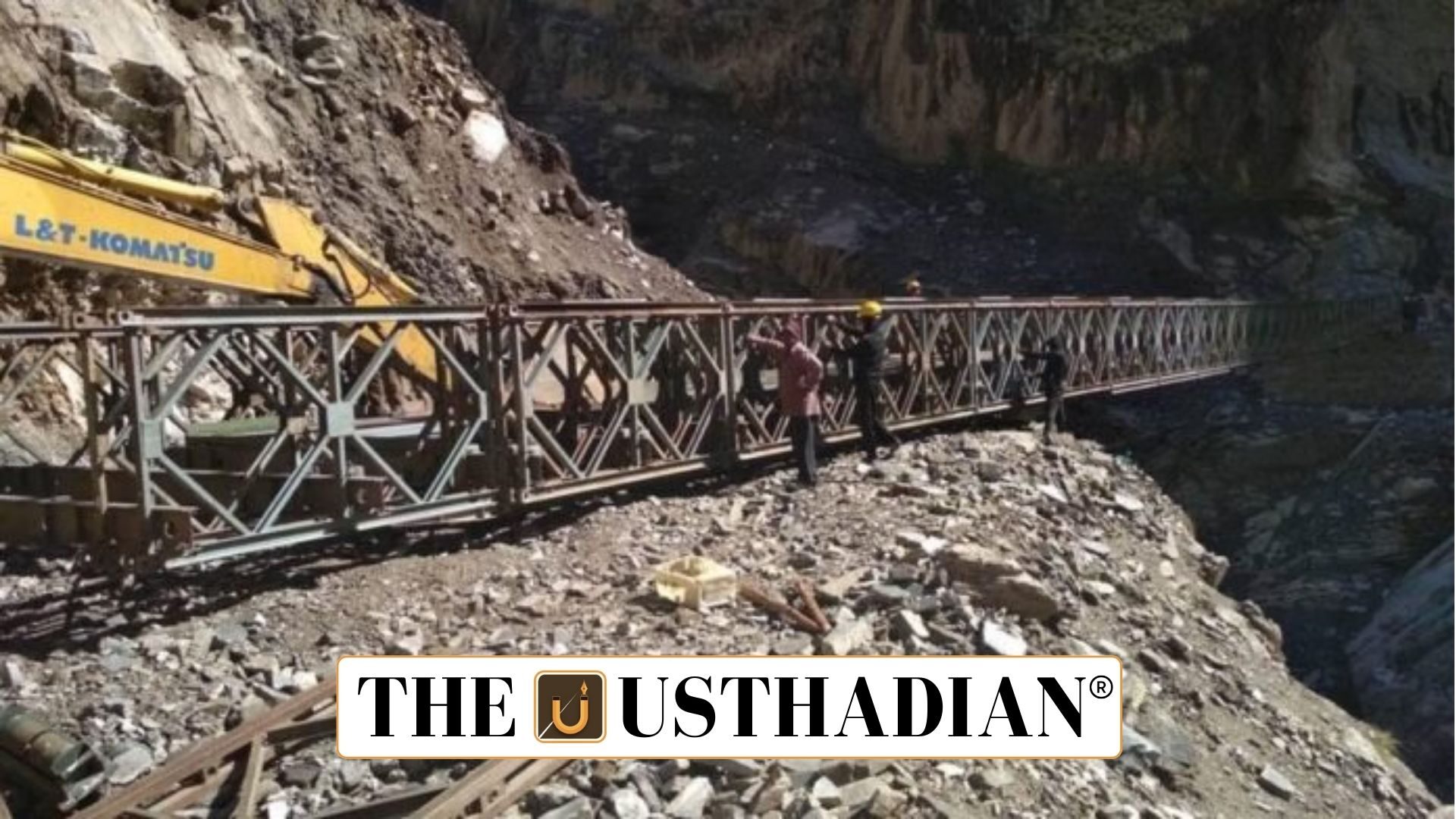Historical Context
Lipulekh Pass Dispute and Strategic Concerns: The boundary disagreement at Lipulekh Pass traces back to the Sugauli Treaty of 1816 between Nepal and the British. The treaty fixed the Kali River as the dividing line. Nepal identifies the river’s origin at Limpiyadhura, thereby placing Kalapani, Limpiyadhura, and Lipulekh inside its territory. India disputes this interpretation, holding that the river begins further downstream, keeping these areas within Uttarakhand.
Static GK fact: The Sugauli Treaty led to Nepal surrendering regions like Kumaon, Garhwal, and Darjeeling to the British.
Strategic Importance
The Lipulekh Pass serves as a critical gateway between India and Tibet (China). It is also an established route for the sacred Kailash Mansarovar Yatra. In 2020, India modernized the road leading to the pass, boosting connectivity for traders, security forces, and pilgrims.
Static GK fact: Lipulekh Pass lies at nearly 17,000 feet above sea level in Uttarakhand’s Pithoragarh district.
Rising Disagreements
Nepal strongly objected to India’s road expansion and the resumption of trade, claiming these actions undermine the principle of resolving disputes through mutual discussions. In 2020, Nepal even amended its national map and constitution to include the disputed regions. India countered that movement through Lipulekh has been a longstanding practice since 1954, making Nepal’s claims historically unsubstantiated.
Static GK Tip: India and Nepal share one of the world’s friendliest borders, stretching about 1,770 km and allowing free movement of citizens without visas.
Trilateral Geopolitics
The pass lies close to the India-Nepal-China tri-junction, adding a layer of geopolitical sensitivity. Following the 1962 India-China conflict, India positioned its security forces at Kalapani to strengthen frontier defense. While China has not taken sides, it quietly favors continued trade between India and Tibet through this route, enhancing its strategic relevance.
Static GK fact: India enhanced its military deployments across Himalayan passes after the 1962 war to prevent further encroachments.
Effect on India-Nepal Relations
The dispute has strained relations between the two neighbours. Under Prime Minister K P Sharma Oli, Nepal took a harder stance, with policies reflecting closer ties with China. Despite cultural bonds and an open border system, mistrust has grown over perceptions of unilateral actions by India.
Static GK fact: Nepal, being a landlocked country, relies heavily on India for access to sea trade routes.
The Path Ahead
India has called upon Nepal to engage in constructive dialogue to address the boundary issue. Observers suggest that only diplomatic negotiations coupled with sensitivity to shared historical ties can ease tensions. Strengthening people-to-people contact and respecting established frameworks is seen as the sustainable solution.
Static Usthadian Current Affairs Table
Lipulekh Pass Dispute and Strategic Concerns:
| Topic | Detail |
| Location of Lipulekh Pass | Uttarakhand’s Pithoragarh district near India-China-Nepal trijunction |
| Height of Lipulekh Pass | Around 17,000 feet |
| Treaty reference | Sugauli Treaty of 1816 |
| Nepal’s official map update | 2020, included Kalapani, Limpiyadhura, Lipulekh |
| Road upgrade year | 2020 by India for Kailash Mansarovar Yatra |
| India-Nepal trade start | 1954 through Lipulekh |
| India-Nepal border length | 1,770 km |
| Indian deployment in Kalapani | Since 1962 war with China |
| Strategic use | Kailash Mansarovar pilgrimage, India-China trade |
| Nepal’s stance | Claims Lipulekh based on river source at Limpiyadhura |








